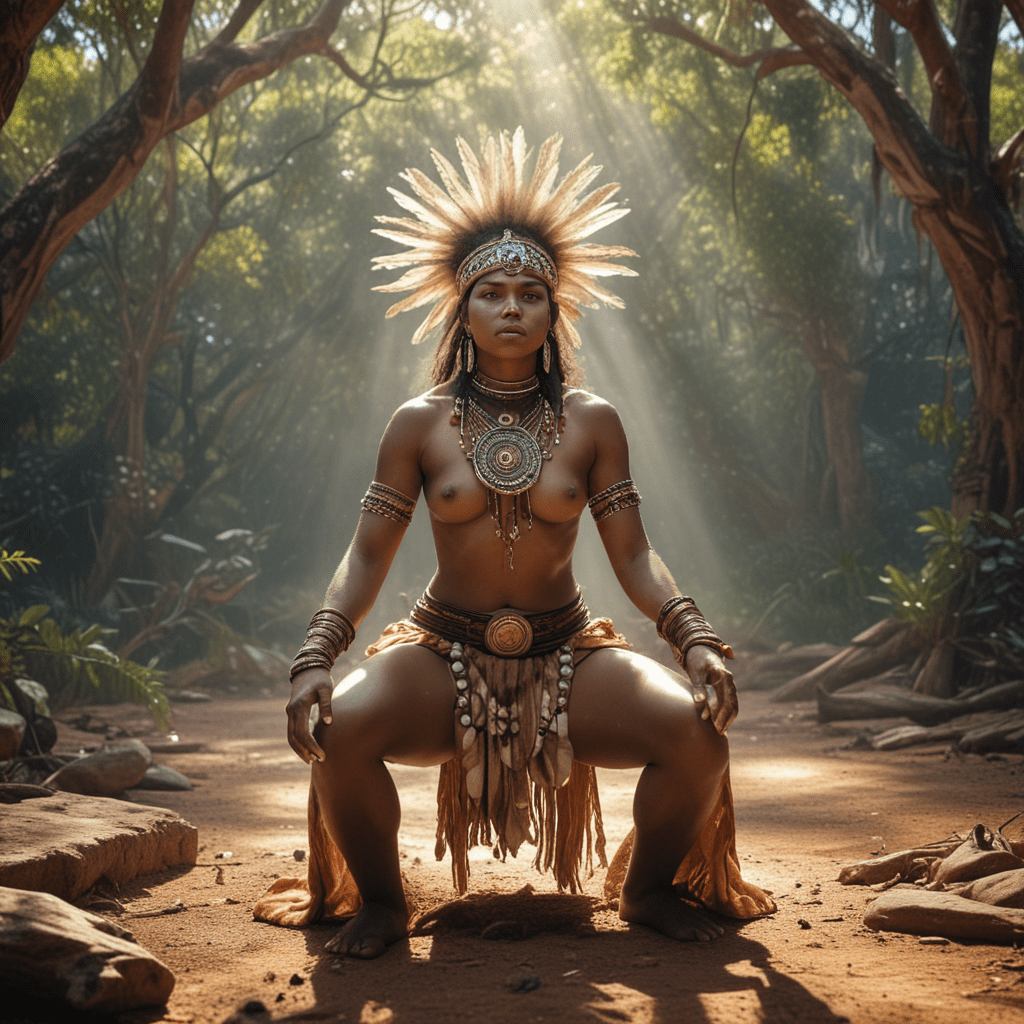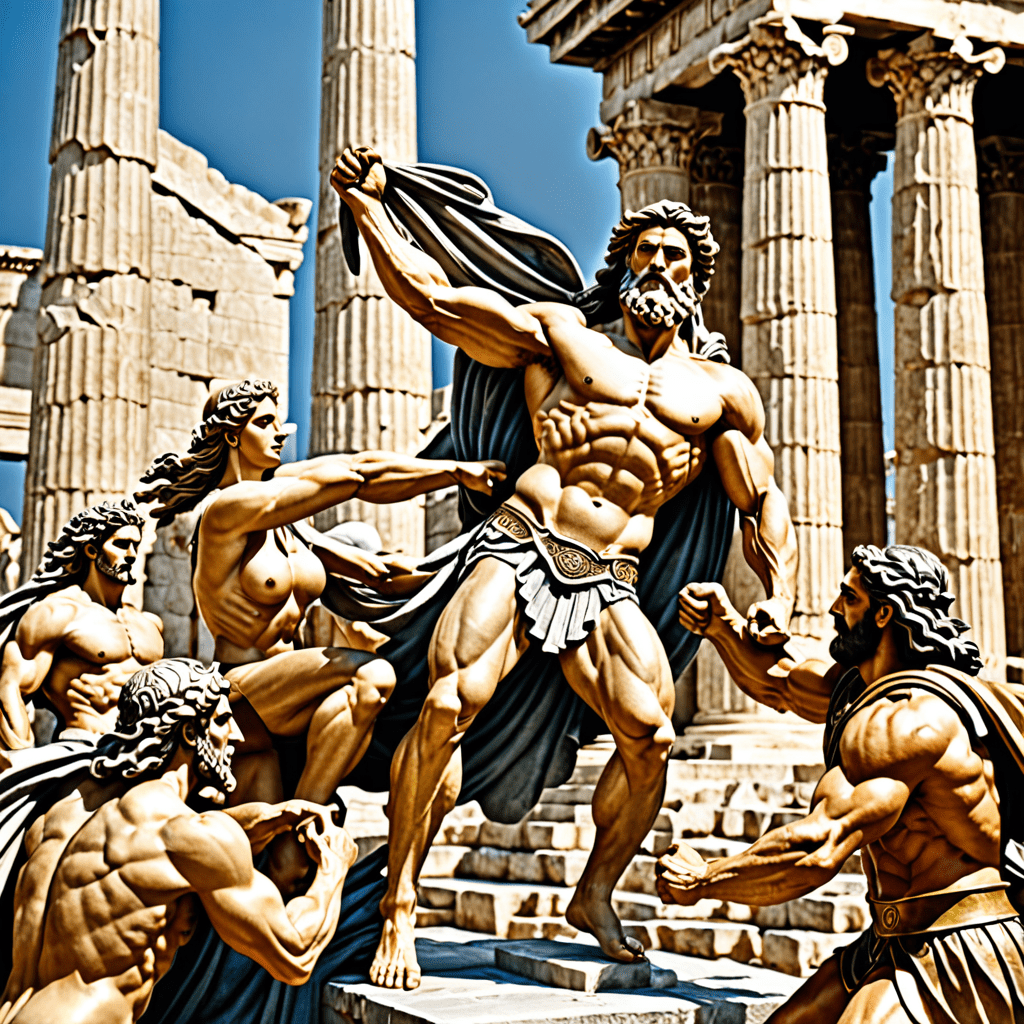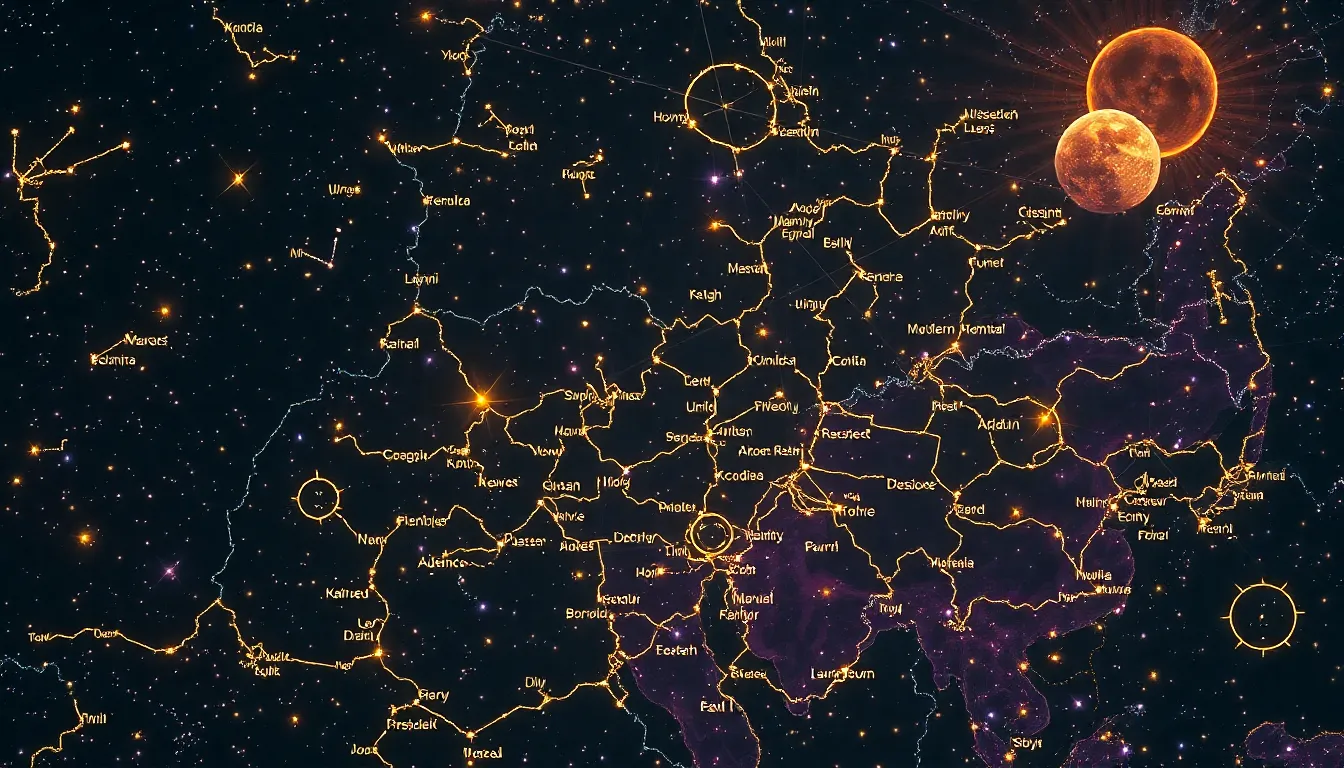The Faces of Change: Iconic Transformations in Mythology
I. Introduction to Mythological Transformations
Transformation in mythology refers to the profound changes that characters undergo, often reflecting deeper truths about human nature and the universe. These transformations can take various forms, from physical metamorphosis to psychological shifts in identity and purpose.
The theme of transformation is significant across cultures, symbolizing growth, change, and the cyclical nature of existence. Myths serve as powerful narratives that encapsulate these transformations, providing insights into the human experience and the world around us. This article will explore iconic examples of transformation from various mythological traditions, highlighting their meanings and implications.
II. The Archetype of Transformation: A Common Thread in Myths
Transformation serves as a psychological archetype, representing the journey of self-discovery and evolution. It resonates with the human experience, illustrating the struggles and triumphs that define our lives.
Symbolically, metamorphosis embodies the potential for change and the ability to adapt to new circumstances. It reflects the inherent nature of life, where one can emerge from trials and tribulations renewed and enlightened. A comparative analysis of transformation across mythologies reveals common themes, such as rebirth, conflict, and the quest for identity.
III. Greek Mythology: From Humans to Gods
Greek mythology is rich with stories of transformation, where mortals often undergo significant changes in pursuit of love, power, or divine favor.
A. The story of Daphne and Apollo: A tragic transformation
The tale of Daphne and Apollo is a poignant example of transformation driven by desire and fear. Apollo, struck by Cupid’s arrow, falls madly in love with the nymph Daphne. However, Daphne, determined to maintain her independence, flees from Apollo’s advances. In a desperate bid to escape, she pleads for help from her father, the river god Peneus, who transforms her into a laurel tree, symbolizing her eternal chastity and the bittersweet nature of love.
B. Metamorphoses of Zeus: Changing forms and identities
Zeus, the king of the gods, frequently transformed into various forms to interact with mortals. From a swan to a bull, these transformations often served to disguise his identity while pursuing lovers or enacting divine justice. Each metamorphosis reflects the complexity of his character and the underlying themes of power, seduction, and the multifaceted nature of divinity.
C. The significance of transformation in Greek culture
In Greek culture, transformation symbolizes the interplay between the divine and human realms. It illustrates the consequences of actions and desires, reinforcing moral lessons that resonate through generations.
IV. Norse Mythology: The Shape-Shifting Gods
Norse mythology presents a pantheon of gods known for their ability to shape-shift, often reflecting the fluidity of identity and the chaotic nature of existence.
A. Loki’s transformations and their implications
Loki, the trickster god, embodies transformation in both literal and metaphorical senses. His ability to change form—from a salmon to a mare—highlights the unpredictability of life and the duality of creation and destruction. Loki’s transformations often lead to chaos, revealing deeper truths about the nature of power and deception.
B. The tale of Odin’s sacrifices and metamorphosis
Odin, the All-Father, undergoes his own transformations through sacrifices, including hanging from the World Tree, Yggdrasil, to gain wisdom. His metamorphosis symbolizes the pursuit of knowledge and the transformative power of sacrifice, echoing the theme that true understanding often comes at great personal cost.
C. The role of transformation in Norse cosmology
In Norse cosmology, transformation is integral to the narrative of creation and destruction. The cyclical nature of the cosmos is reflected in the gods’ ability to change, suggesting that transformation is an essential aspect of existence itself.
V. Hindu Mythology: Divine Transformations and Avatars
Hindu mythology is rich with narratives of divine transformations, particularly through avatars, which provide insights into the nature of the divine and its relationship with humanity.
A. The concept of avatars: Vishnu’s ten incarnations
Vishnu, the preserver in the Hindu trinity, takes on various avatars to restore cosmic order. His ten incarnations, including Rama and Krishna, showcase the theme of transformation as a means of divine intervention in human affairs, emphasizing the importance of righteousness and dharma.
B. The transformation of Shiva: The balance of creation and destruction
Shiva embodies transformation through his dual roles as both creator and destroyer. His dance, the Tandava, symbolizes the cycle of creation, preservation, and dissolution. This transformation emphasizes the balance required for life to flourish and the inevitability of change.
C. The lessons learned from these divine transformations
Through these narratives, Hindu mythology teaches valuable lessons about resilience, the importance of adaptability, and the understanding that transformation is an inherent part of existence.
VI. Native American Mythology: The Power of Transformation in Nature
Native American mythology often features transformations that reveal the interconnectedness of humans and nature.
A. Shape-shifting in stories of coyote and raven
Characters like Coyote and Raven are known for their shape-shifting abilities, often embodying trickster qualities that challenge societal norms. Their transformations serve as metaphors for the fluidity of identity and the lessons learned through experience.
B. The significance of animal transformations in indigenous cultures
Animal transformations in Native American myths reflect cultural beliefs about the environment and the importance of respecting nature. These stories convey the idea that all beings are interconnected and that transformation can lead to greater understanding.
C. Lessons of adaptability and change from Native American myths
Native American myths often illustrate the value of adaptability, teaching that change is a natural part of life. They encourage resilience and respect for the world around us, highlighting the transformative power of nature.
VII. Egyptian Mythology: Death and Resurrection
Egyptian mythology is deeply intertwined with themes of death, resurrection, and transformation, particularly in the context of the afterlife.
A. The myth of Osiris: Transformation through death
The myth of Osiris tells the story of his death and resurrection, symbolizing the transformative power of death. After being murdered by his brother Set, Osiris is resurrected by his wife, Isis. This transformation signifies the cyclical nature of life and death, as well as the hope for rebirth.
B. The role of the afterlife and its transformative nature
The Egyptian belief in the afterlife emphasizes transformation as a journey of the soul. The process of mummification and the concept of judgment reflect the importance of transformation in achieving immortality.
C. Symbolism of rebirth in the cycle of life
Rebirth in Egyptian mythology is a powerful symbol of transformation, representing the eternal cycle of life. The mythology teaches that through death, one can achieve a new form of existence, reinforcing the idea that change is both inevitable and transformative.
VIII. African Mythology: Ancestral Transformations
African mythology often explores the theme of transformation through creation myths and the journeys of trickster figures.
A. The significance of transformation in creation myths
Many African creation myths involve transformations that illustrate the emergence of the world and its inhabitants. These stories emphasize the dynamic nature of existence and the interconnectedness of all life.
B. The role of tricksters and their transformative journeys
Trickster figures, such as Anansi the Spider, often undergo transformations that challenge societal norms and reveal deeper truths. Their journeys highlight the importance of adaptability and the potential for change within individuals and communities.
C. Cultural implications of transformation in African storytelling
Transformation in African storytelling reflects cultural values and beliefs, illustrating the importance of ancestry, community, and the lessons learned through change.
IX. Modern Interpretations of Mythological Transformations
In contemporary literature and film, mythological transformations continue to resonate, offering rich narratives that reflect personal and social change.
A. How contemporary literature and film depict transformations
Modern adaptations of mythological stories often emphasize themes of identity, resilience, and the struggle for self-understanding. Characters frequently undergo transformations that mirror the challenges faced in today’s society.
B. The relevance of ancient myths in today’s society
Ancient myths
![]()



